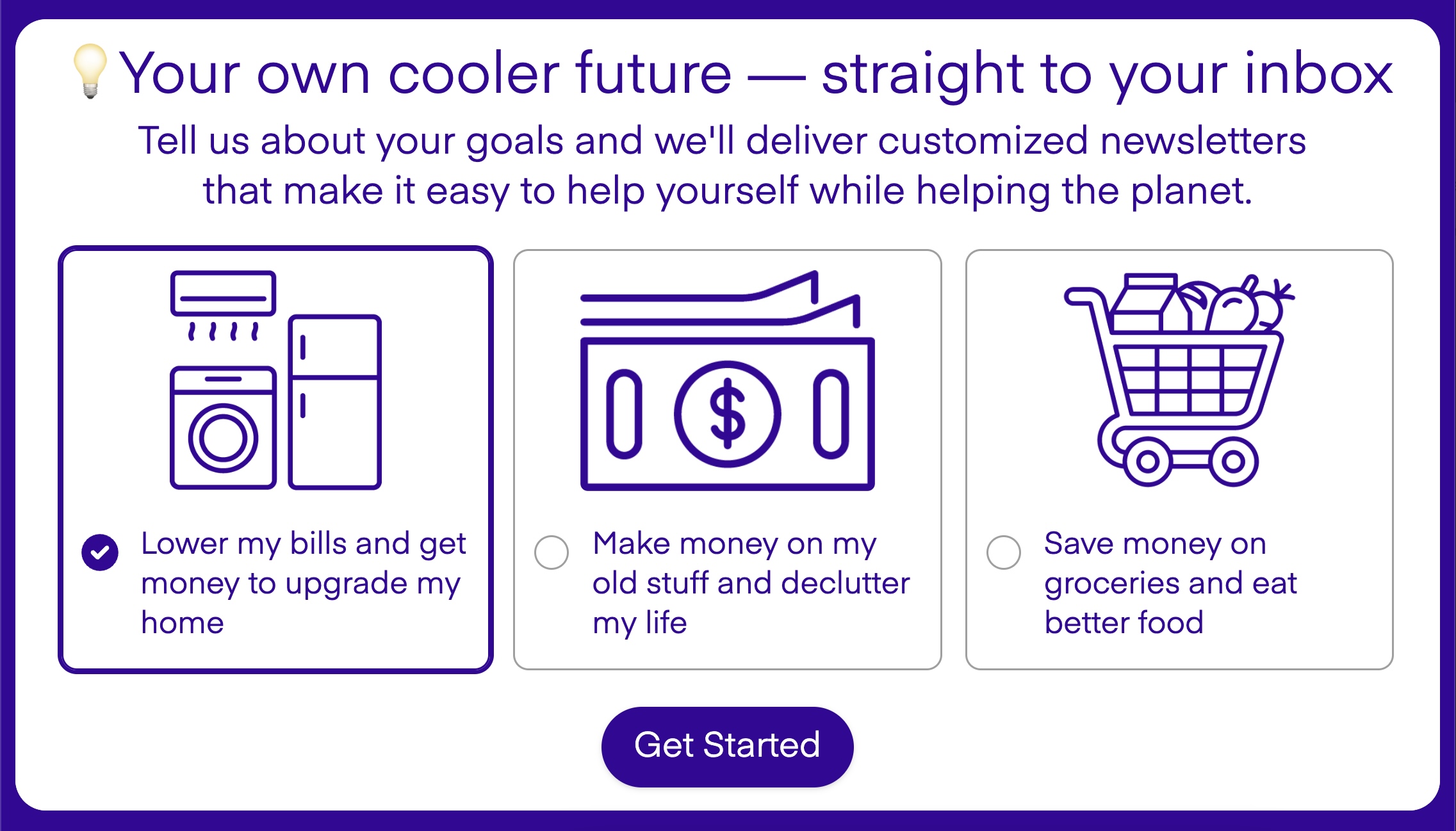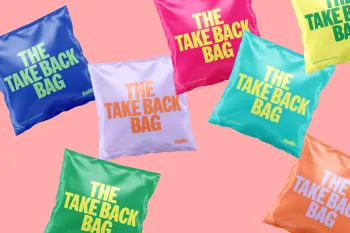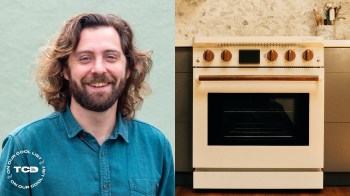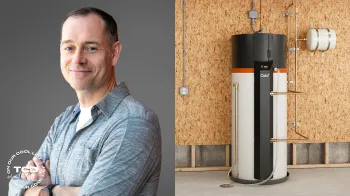Making solar panels with a mineral called perovskite is becoming a promising alternative to the usual silicon-based technology — but all the kinks aren't quite worked out yet.
However, a global team of researchers just smoothed out a crucial piece of the puzzle: what material to use in the middle layer of the solar cell. That component transports energy from the layer that absorbs light to the layer that generates electricity. What it's made of plays a big role in how efficient the overall cell is, according to Tech Xplore.
The outlet explained how, until now, not many materials for this layer had been confirmed to work well enough for widespread use in the industry. There are a ton of options though, so researchers put machine learning to work to help them find the most ideal ones.
|
Which of these factors is the biggest obstacle preventing you from getting solar panels? Click your choice to see results and speak your mind. |
The algorithm was trained on test solar cells and then fed a dataset over a million possibilities long. Afterward, it spat out 24 of the most high-performing candidates. The team then tested those promising options and was able to reach an efficiency rate of 26.2% — nearly breaking the record for perovskite-based cells and reaching 1.5 percentage points higher than a state-of-the-art reference model, Tech Xplore reported.
The breakthrough findings were published in the journal Science. Plus, the team is not done testing all the materials the AI helped them produce. Based on how the initial research went, they have reason to believe they can find materials that convert power even more efficiently, per Tech Xplore.
This research is not only a cool victory that pushed the bounds within a laboratory. It's a win for science, yes, but also for you and the planet too.
Watch now: Giant snails invading New York City?
That's because finding ways to improve the performance of new solar technologies is a good thing for the wider clean energy market — and that includes consumers. More viable types of solar means lower prices for installing rooftop panels or joining a community solar power source. Plus, expanding access to clean energy sources means that fewer tons of planet-warming pollution will reach the atmosphere.
Join our free newsletter for weekly updates on the latest innovations improving our lives and shaping our future, and don't miss this cool list of easy ways to help yourself while helping the planet.













